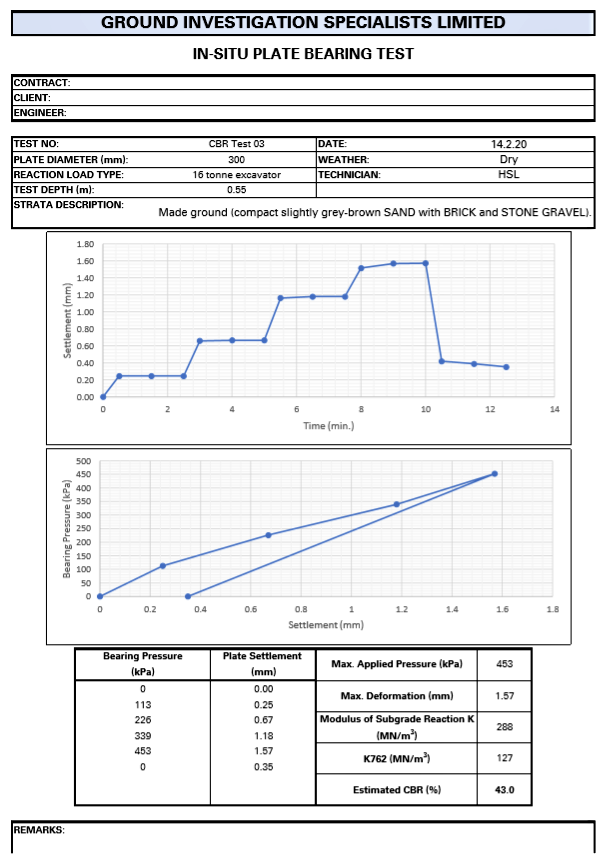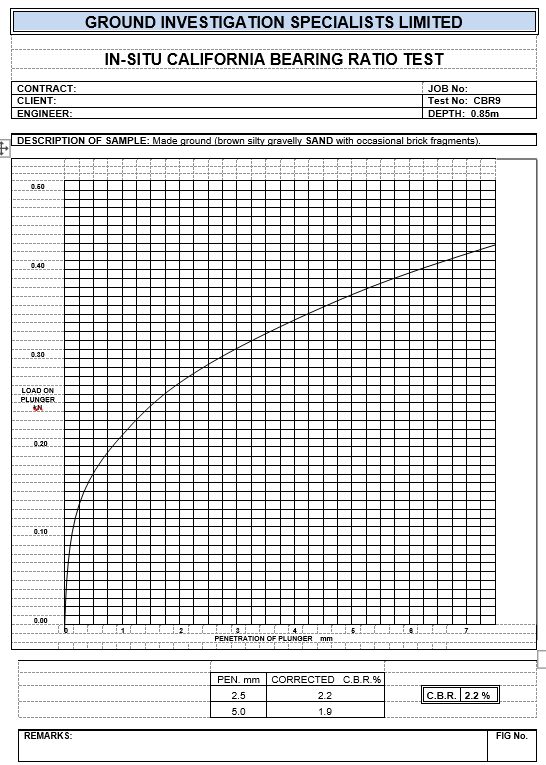In situ testing & Monitoring
In The Midlands
In situ testing
To complement the exploratory drilling and trial pitting works, Ground Investigation Specialists Ltd also carry out a wide range of in situ testing services, including:
- Standard & cone penetration tests
- California Bearing Ratio (CBR) tests
- Plate bearing tests
- Density tests & Vane testing
- Soakaway (infiltration) testing
- Variable head borehole permeability testing
- Ground & Landfill gas monitoring
- Groundwater testing & sampling
- Dynamic probing & Mackintosh probing
- VOC gas monitoring (PID, FID)
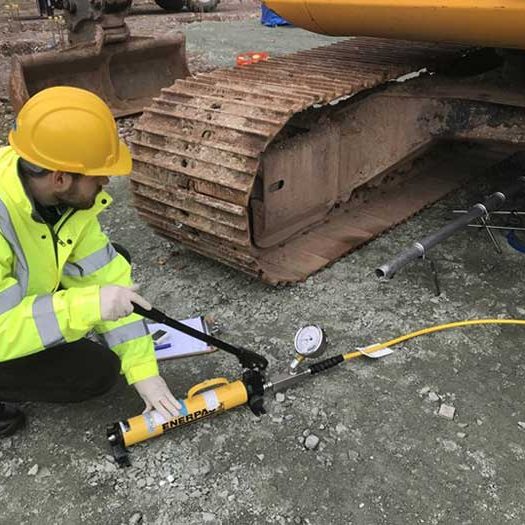
Our geotechnical consultants can handle:
In accordance with the guidance set out in BS 8485:2015 and associated publications, GIS can offer a comprehensive ground gas monitoring, analysis and validation service. By installing standpipes in targeted boreholes and designing appropriate monitoring programmes using fully calibrated ground gas monitors, GIS are able to utilise the data to provide an assessment of the ground gas regime at your site, characterising or zoning the development with respect to the long term risks of ground gas ingress into new buildings. GIS can then recommend appropriate remedial measures to mitigate the risks, and also offer a validation inspection service during the installation process
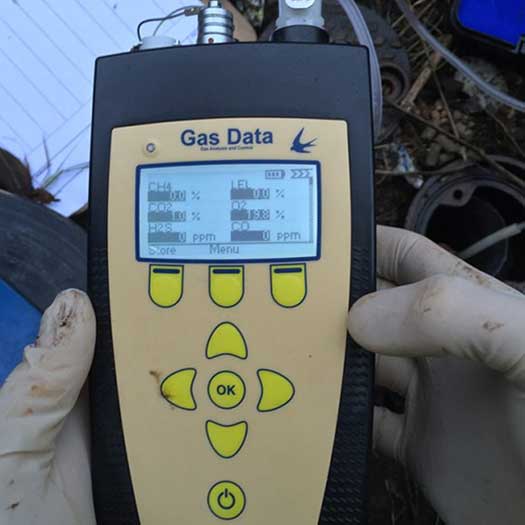
Determining the ultimate bearing capacity of any area of ground
The plate bearing (or loading) test is used to determine the vertical deformation and strength characteristics of an in-situ soil by measuring the force and amount of penetration with time when a rigid plate is directed to penetrate the soil, without it being subject to sample disturbance. The results obtained can then be used to determine the ultimate bearing capacity and modulus of subgrade reaction (k) of the mass ground and also an estimate of its California Bearing Ratio (CBR). The test method is usually carried out at the ground surface or in shallow pits or trenches.
All types of plates are used for accurate measurement
Ground Investigation Specialists Ltd carries out the test in accordance with Clause 4.1 of BS 1377: Part 9: 1990, normally using the dead weight of a mechanical excavator to provide the kentledge and reaction load necessary for the test.
Various plate sizes can be used ranging from 150 mm to 600 mm diameter, depending on the composition and depth of the soil being tested and the size of the reaction load required.
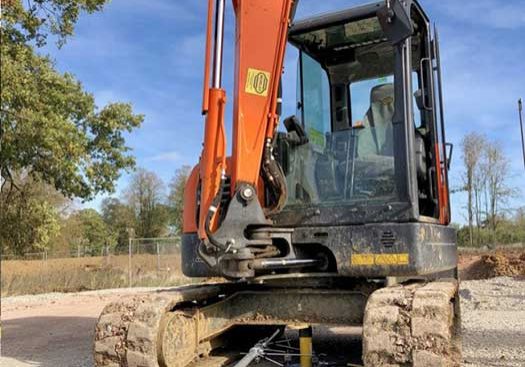
Graphical presentation of reports
The load on the centre of the plate is normally applied in five increments, with settlement readings taken at 30 sec to 1 min intervals until detectable deflection of the plate has stopped.
After the final loading increment, the pressure on the plate is released and the movement of the plate allowed to recover before a final residual settlement value is recorded. Included on the test report given to the client is the calculated k and CBR values and data presented in graphical form giving the bearing pressure and final plate settlement at the end of each load increment and the deformation and time elapsed from the start of each load increment.
Working in accordance with BRE Digest 365
Soakaways have long been used to dispose of storm water from buildings and paved areas located away from a public sewer or watercourse.
However, over the last fifteen years, there has been a significant change by the Environment Agency and Planning Authorities to limit the rate of discharge from new developments and the impact on watercourses.
Taking also into account the likely effects of climate change, soakaways and sustainable drainage systems are now seen as the preferred option in urban areas even where access is available to the local sewer network.
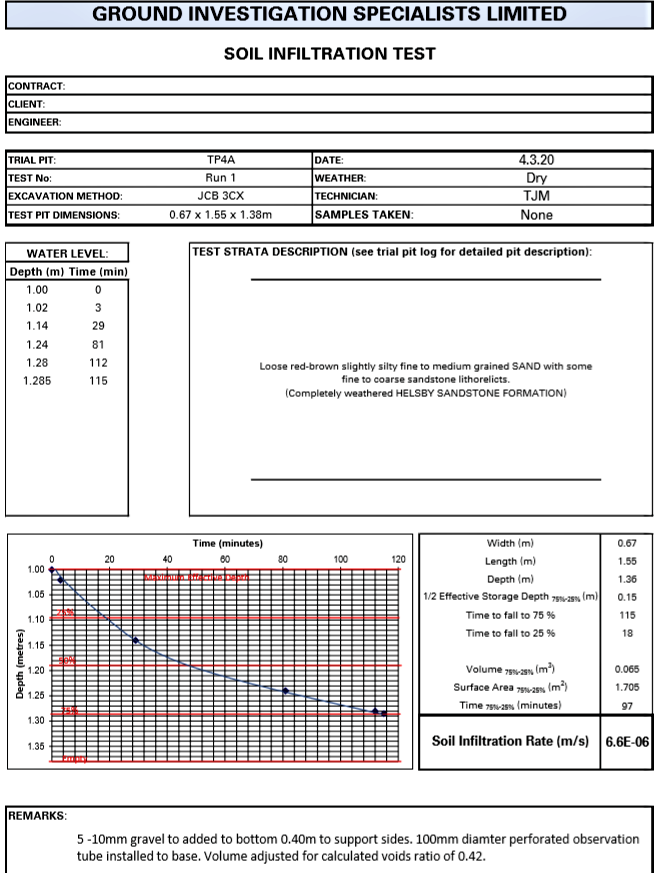
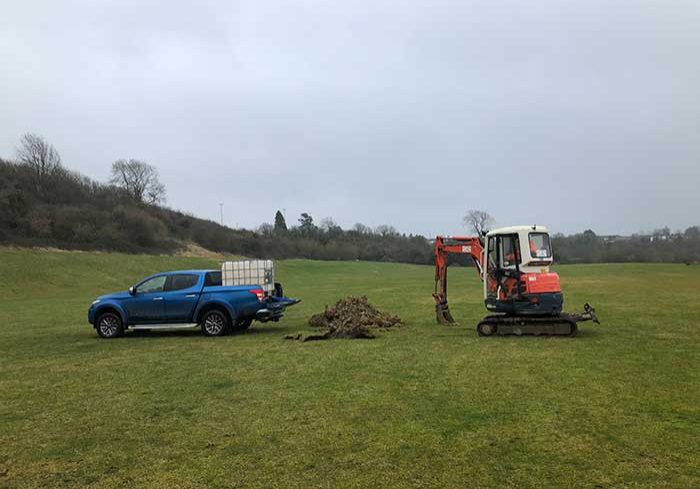
Drainage Field Percolation Test
All septic tank systems must have a drainage field to treat the effluent further before it enters the groundwater. The siting and design of the drainage field depends on many factors, the most important being is there sufficient land capable of absorbing the daily effluent discharge on a long term basis. Planning requirements require the suitability of the soil to be independently assessed before the installation of a non mains discharged sewerage system.
To establish the length and area of the drainage trench requires, Ground Investigation Specialists Ltd can carry out in-situ testing to determine the percolation value of the near surface soils, all in accordance with BS 6297:2007.
California Bearing Ratio Testing
In simple terms, the aim of the test is to push a cylindrical plunger into the soil at a given rate and compare the relationship between the force required and penetration into the soil to that of a standard material.
At certain values of penetration the CBR is defined in terms of a percentage, as the ratio of the force exerted on the soil to a standard force that would be exerted on a specified crushed rock compacted and confined in a given manner.
Ground Investigation Specialists Ltd carries out the test in-situ in accordance with clause 4.3 of BS 1377: Part 9: 1990, using a frame attached to the rear of a 4 wheel drive vehicle ballasted to carry a stable dead weight capable of providing the reaction load required for the test.
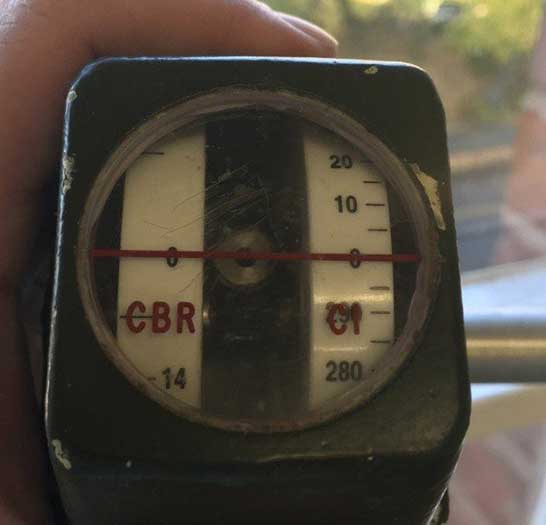
Appropriate CBR testing
On account of the plunger size being c.50mm in diameter, the test is most suited to fine soils having a maximum particle size not exceeding 20mm. Where coarser material needs to be tested, a rigid plate (normally of 150mm diameter) is used to penetrate the soil (clause 4.1 of BS 1377: Part 9: 1990). In such cases, because the force to achieve the penetration is much greater, then the reaction load comes from kentledge provided by the frame and deadweight of a mechanical excavator. Where access to conventional equipment is restricted, the Soil Assessment Cone Penetrometer (MEXE - CONE) can be used in fine - grained soils to measure the in-depth resistance to penetration and a direct correlation with CBR values.
Schedule an appointment with our ground consultants in the Midlands.
Call us on 01902 717 653 to book an appointment

